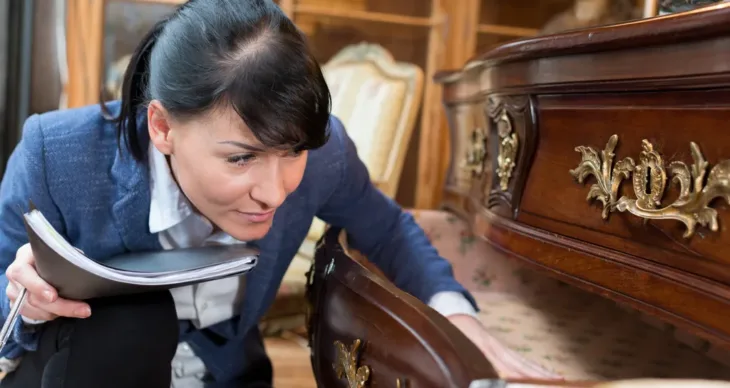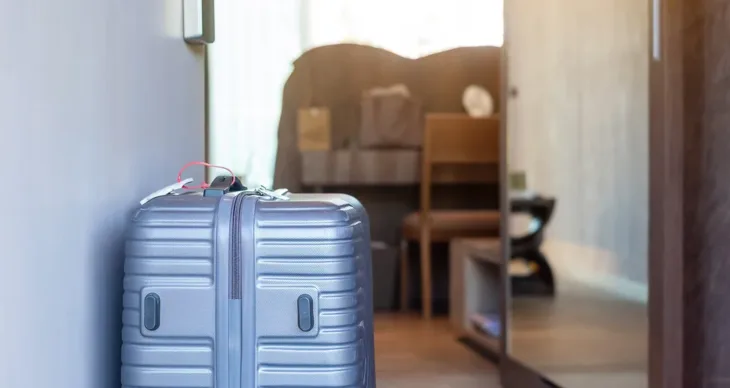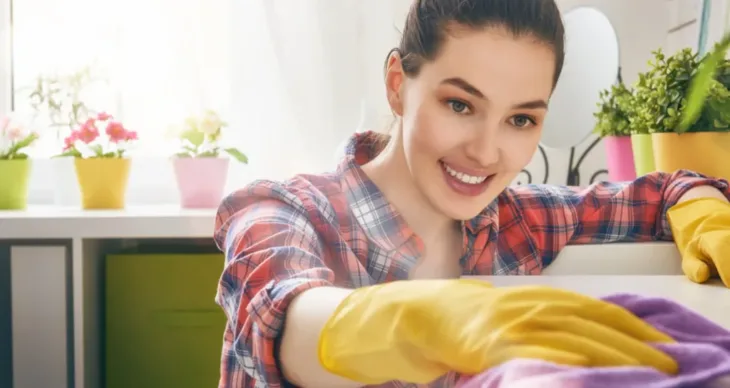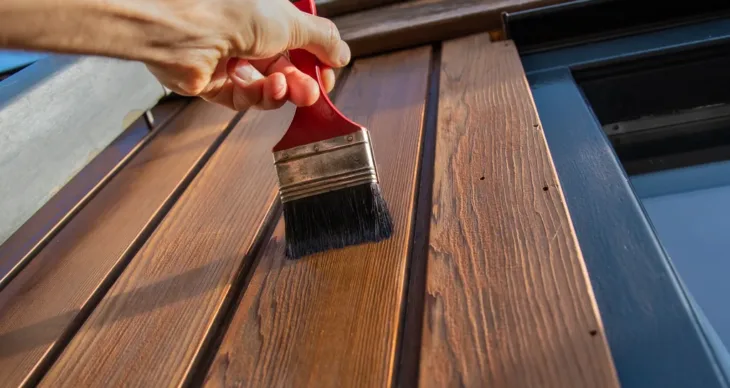When you are living in an apartment, or even a house, you want your home to be clean, cute and most importantly pest free! Bugs and critters are always going to be around, but they do not always need to be in your house.
By living in an apartment, people are generally given the ability to work, live and play without having to actually drive, ride your bike, or generally travel very far from your home. This is because apartment buildings are usually more centrally located, close to the centers of whatever town or city you live in. Close access to restaurants, grocery shopping, retail shops and more, along with shorter commutes to work, makes living in close proximity to city life an ideal living experience for many Americans.
However, while being in close proximity to others has so many benefits, did you ever consider that living so close to so many people—and other buildings, parks and more—can also mean that there’s more nooks and crannies for pests to hide? And if you live in a house in the suburbs or a more rural area, there are more natural settings for pests to proliferate as well.
So how do you keep the pests at bay?

These days, the circular economy is in full swing and even celebrities are becoming vocal proponents of second hand goods, including second hand furniture! Why throw perfectly good pieces of furniture into the dump when someone wants to buy it and use it in their new home?
However, where you get your second hand furniture is essential to consider. If you are buying second hand furniture from a store, or you buy it from someone’s house, you are likely in the clear and the furniture is likely clean.
However, if you go to a seller’s house and see that their house is not very clean, it might be best to pass on that couch or table because it might have bedbugs, fleas, or other pests that live in dirty spaces.
What’s more, you might want to second guess taking any furniture from the street. Although it may have been clean when it was first put onto the sidewalk, just by being outside, it’s likely that bugs and pests have made these furniture pieces their new homes.

Everyone gets delivery these days, and not just food delivery! With Amazon and the onset of online shopping, you can get nearly anything delivered to your door.
However, if packages have been sitting outside for a long time, the cardboard boxes might get some unwanted critters on them. Or, any type of package! A tip is to check your packages before bringing them inside, so you don’t bring pests inside along with your delivery.

Do you ever go camping, or take trips into the great outdoors? Even if you take a trip to another city, it’s always possible that your luggage or bags can carry pests and critters back home with you.
Of course, if you are going camping or going to do outdoor activities, it’s likely that pests and bugs could hitch a ride from outside and into your home. But traveling through airports can also get pests into your luggage as well.
What’s more, bed bugs have infested hotels and motels more often than the average person would like to imagine. If you are staying in a pet-friendly hotel, it’s also possible that fleas find their way into the hotel rooms.
Even in movie theaters, retail stores and more, the occasional pest infestation does happen.

Whether you are a house owner, a home renter, or a tenant of an apartment complex or townhome, pests can always find their way into your home space. No matter where you live, everyone deals with trash and recycling.
By disposing of your garbage, general trash and recycling properly, you can avoid making a ripe environment for pests to proliferate.
By throwing your trash away properly and regularly in sealed trash receptacles, whether it’s a closed bag, a sealed container, or more, you can make sure bugs and flies don’t find their way into your trash.

Keeping your house clean is one of the most important things you can do to ensure that your house, apartment, or home space remains pest free. All types of bugs, whether its bed bugs, fleas, termites, or more, like dirty spaces. And they don’t just like dirty spaces—they thrive!
Wiping down your kitchen counters with cleaning agents to get all food remnants away, mopping and sweeping the floors to keep the dust and dirt out, and generally keeping your home surfaces clean will ensure that there’s nothing for bugs around to eat.
If you have a pet, there’s even more reason to be super duper clean. Dogs and cats who go both inside and outside can bring in dirt, can shed hair, and can make your house dirty and attractive for bugs.
What’s more, animals can be a bit messy with their food and water bowls. By cleaning the pet spaces often, and keeping their food sealed away in containers or wet food in the refrigerator, you’ll ensure that there’s no messes or smells that are pest magnets!

Everyone knows that termites love to eat wood. So if you build your house out of wood that has not been treated, your entire house will look like one big meal for the termites.
So if you have firewood, lumber or other types of cellulose products, it’s best to stack them away from your home and not keep them close to the house. If they get termites, then the infestation will not jump to your home.
Also, termites need moisture to survive, which makes the areas around your house that might be close to broken or improper drainage could be turning your house into the ideal termite living space.
To make sure you are not creating a moist environment for them, you can check to make sure that downspouts are not diverting water near your home, and that A/C lines are not leaking.
Another often-overlooked space where termites thrive is in gutters and spaces around your roof that might collect leaves, dirt and rainwater.
Clogged gutters and leaf debris that is not cleaned or cleared are termite hotspots, so making sure your roof and gutters are cleaned often is a sure way to avoid a termite infestation.





